Premium Only Content
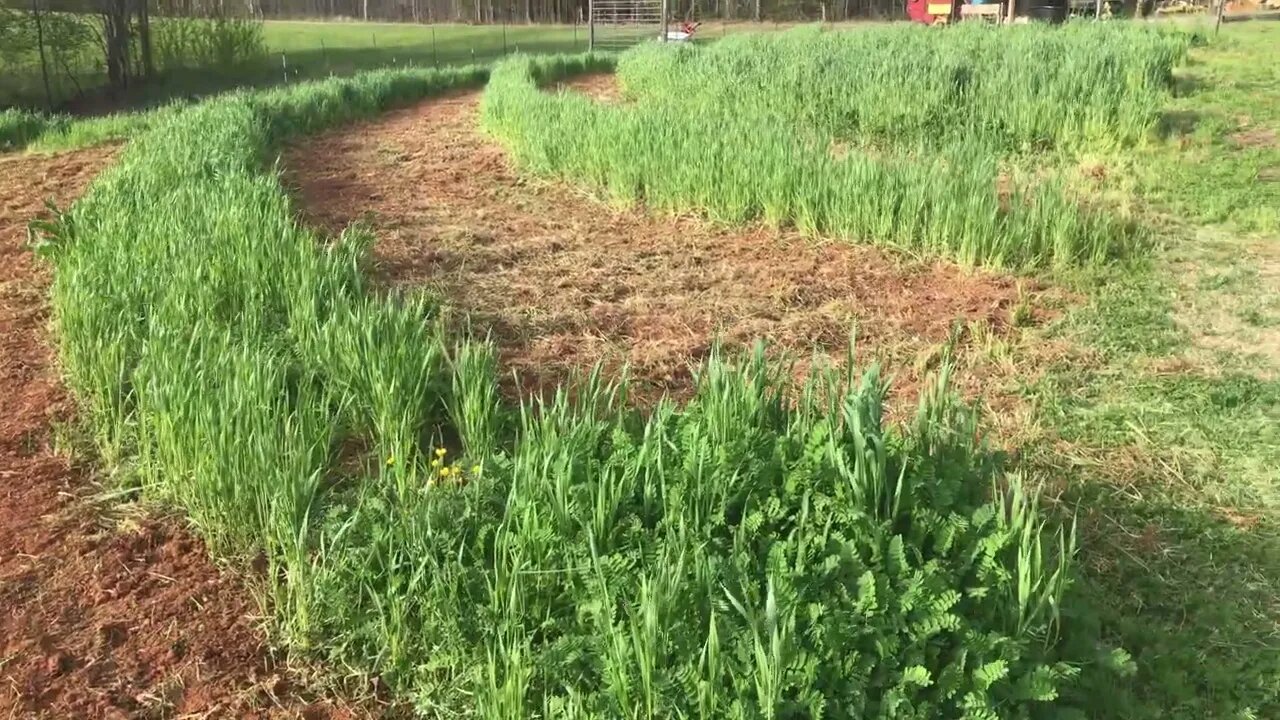
Tillage on Permanent Raised Beds? How is That Good?
Will shallow tillage to terminate cover crops cause dead pan and compaction on beds? How can a bed be permanent, organic, and still be managed by a machine? Today’s video is about appropriate technology.
There are two forms of permanent raised beds, both can be no-till or shallow tillage. The first is for smaller gardens with deep heavy mulch. I call this a grass fed garden because layers of organic material (mainly grass or straw) feed the soil.
The second method is on large beds. To cover a 125 foot long and nearly 6 foot wide garden bed with straw would take four to eight square bales. With today’s prices of $7.25 a square bale it’s not worth deep mulching long beds.
At this demonstration site there are more than 1,000 feet of permanent raised beds. Most are in the form of terraces. Instead of haling in straw, deep mulch is grown on the beds in the form of cover crops.
These cover crops, including diakon raddish, clover, harry vetch, winter rye, and field peas losen compaction. The deep roots of mature cover crops open up soil. Tillage in this case is only to terminate the cover crop itself.
If you were planting out tomatos or green peppers you don’t need to terminate the crop. You can chop and drop, then plant larger starts that would stay above the cover crop when it grows back. Either way, you get fewer weeds and healthier vegatables.
For new ideas and concepts to transform your land into a productive homestead or smal farm, then join us at https://www.ProsperityHomestead.org/newsletter/
What do you think about tillage? Does gas powered garden tools go against permaculture and regenative farming? Comment below, like, and subscribe so you don’t miss another video.
-
 LIVE
LIVE
Caleb Hammer
19 hours agoHe Just Sucks… | Financial Audit
68 watching -
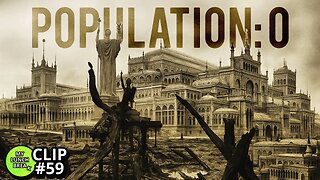 LIVE
LIVE
MYLUNCHBREAK CHANNEL PAGE
2 hours agoThe Population Was ZERO
512 watching -
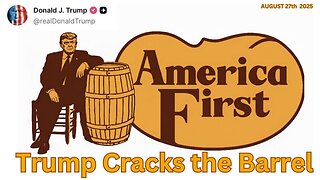 LIVE
LIVE
Wendy Bell Radio
7 hours agoTrump Cracks The Barrel
7,289 watching -
 LIVE
LIVE
The Big Mig™
3 hours ago2020 Election Fraud Burn Bags Discovered
5,129 watching -
 LIVE
LIVE
Law&Crime
2 hours ago $0.54 earnedLIVE: Adelson Matriarch Murder Trial — FL v. Donna Adelson — Day 4
104 watching -
 LIVE
LIVE
Badlands Media
10 hours agoBadlands Daily: August 27, 2025
3,776 watching -
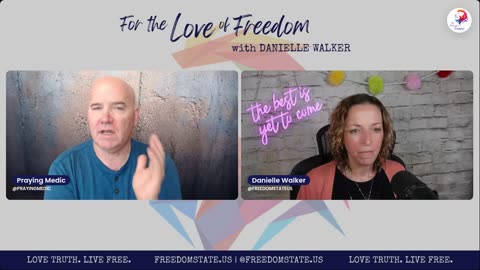 LIVE
LIVE
The State of Freedom
5 hours agoFLF: #15 Obedience to God Unlocks Mysteries & Brings Adventure w/ Dave Hayes
99 watching -
 1:03:42
1:03:42
Crypto Power Hour
3 hours ago $0.70 earnedWhat Coins Are The Backbone of The New Digital Revolution?
19.9K6 -
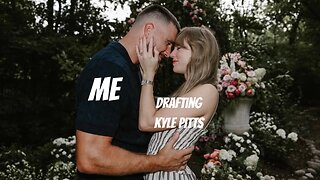 1:22:55
1:22:55
Game On!
20 hours ago $3.76 earnedBREAKING NFL NEWS: Taylor Swift and Travis Kelce Are Engaged!
39.3K16 -
 41:04
41:04
Coin Stories with Natalie Brunell
1 day agoCooking, Culture & Crypto: Norma Chu’s Food Empire Turns Bitcoin Treasury
42K